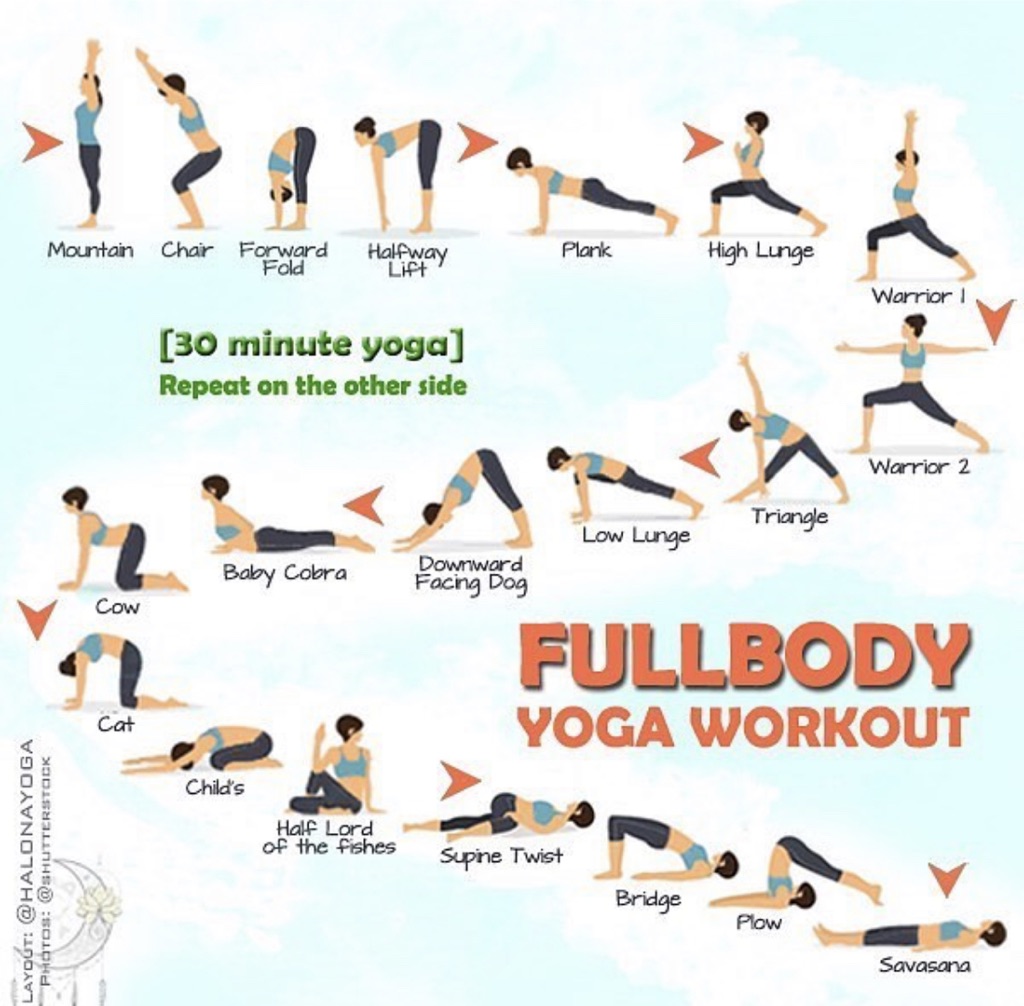

“Some breath practices are meant to be invigorating and more stimulating, such as Kapalabhati (‘Breath of Fire’), which can stimulate the sympathetic nervous system and not the parasympathetic nervous system,” she says.ĭepending on the severity of your anxiety symptoms, pranayama that encourages deeper, steadier breathing patterns, such as Ujjayi breath, may be more suitable.

“Certain breath practices can help with feelings of relaxation and calm, such as the long exhale or diaphragmatic breathing, primarily through stimulation of the vagus nerve and the vagus nerve’s connection to heart rate variability,” Knopik says.īut not all forms of pranayama may be appropriate for anxiety. Pranayama, a Sanskrit term that describes how the breath is regulated during yoga, is a powerful tool for calming the sympathetic nervous system.Īs Knopik explains, pranayama is a voluntary breathing practice that sends messages to the brain via the respiratory system. Yoga, which means union, connects the mind and body through the breath. Pranayama breath work connects the mind and body Through physical movement, you can explore sensation as it arises in your body by developing awareness of what muscles are being challenged, stretched, or released. Yoga offers many opportunities to experience interoception and stimulate the vagus nerve. Knopik says that increasing your vagal tone could reduce the symptoms of nervous system dysfunction, such as feelings of anxiety. Yoga also increases vagal tone, which means your body is able to relax sooner after stress. “Practices that increase interoception enable a person to distinguish between safe and fearful or dangerous situations,” Knopik says. Yoga stimulates the vagus nerve by enhancing interoception, or how we perceive sensations arising in the body. “The parasympathetic nervous system helps us to feel safe and calm, and various aspects of yoga help to stimulate it,” says Valerie Knopik, PhD, a psychologist, professor at Purdue University, and yoga instructor at Yoga Medicine based in Indianapolis, Indiana. One way to stimulate the vagus nerve is through practicing yoga. This system regulates your physiological functions, like heart rate and digestion.Īccording to research, stimulating the vagus nerve - a key part of the rest-and-digest system - is key to modulating the fight, flight, or freeze stress response. This means your body has a heightened reaction to perceived threat, leading to anxiety responses such as agitation, stress, and heart palpitations.Īs a consequence, you also have an underactive parasympathetic nervous system, or your rest-and-digest system.

If you live with chronic anxiety, your nervous system - specifically your sympathetic nervous system, also known as the fight, flight, or freeze system - is operating in overdrive. The practice can be modified to accommodate bodies of all types, abilities, and backgrounds. Yoga is an accessible, adaptable practice you can do from the comfort of your own home. The 2021 State of Mental Health in America Report shows that the number of people seeking help for their anxiety disorders has skyrocketed during the COVID-19 pandemic, so right now, the need for effective anxiety management is especially high.


 0 kommentar(er)
0 kommentar(er)
